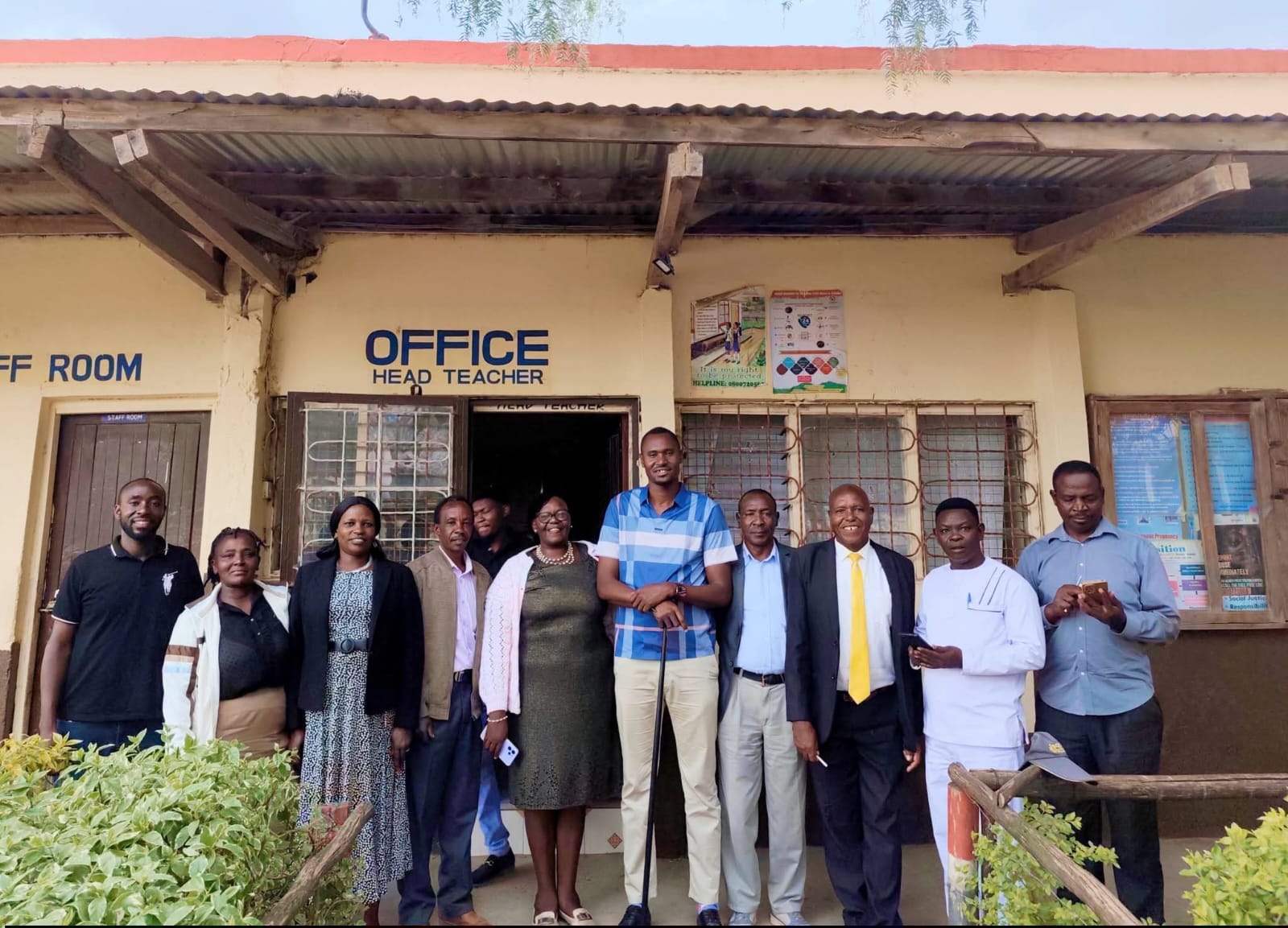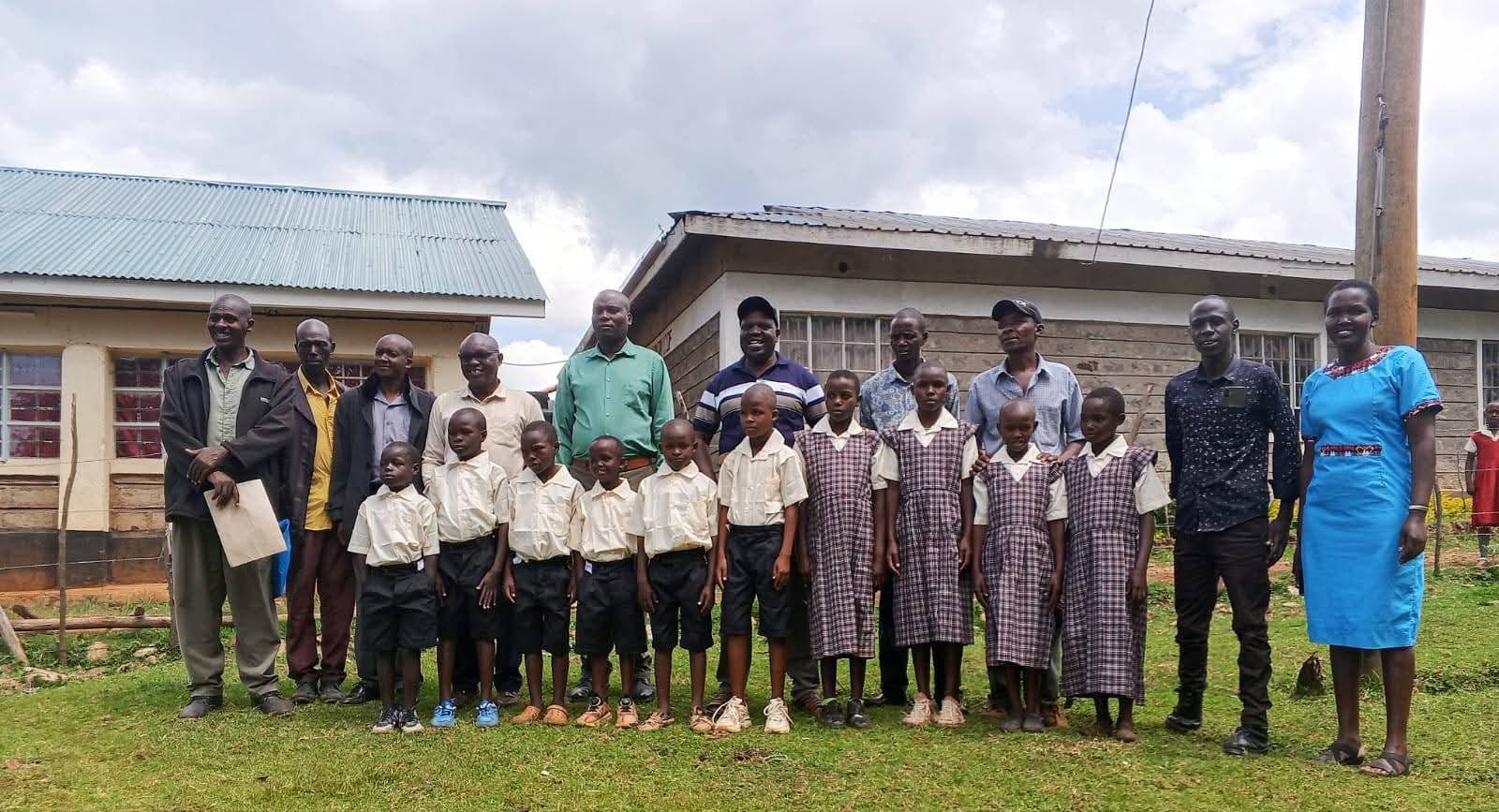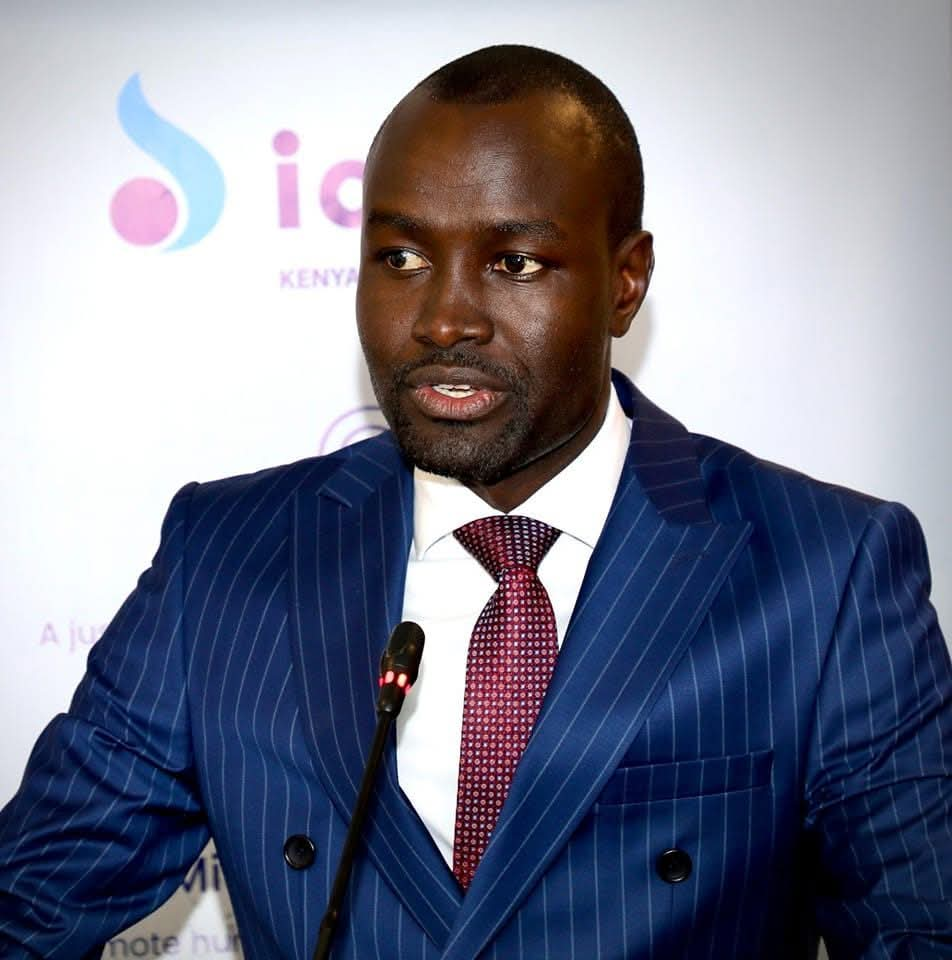The rising number of HIV/AIDS infections among in Kajiado County has been attributed to prevalence of Female Genital Mutilation (FGM) despite its gradual decline.
Malkia Initiative Foundation Director Jedidah Lemaron said that the rise was observed among adolescents aged 10 to 14 years, the most affected being girls.
She revealed that the young girls start engaging in sex after undergoing FGM because they still believe it is a rite of passage that allows them to have sex and get married.
Speaking during a pre-caravan conversation in Kajiado before the 6th Reproductive Health Network Kenya Annual Scientific Conference on Adolescent and Youth in Kwale County, Lemaron said that the government and stakeholders should establish policies to prevent more infections.
The Initiative has been carrying out mentorship programs and implementing adolescent sexual reproductive health and rights programmes.
Reproductive Health Network Kenya (RHNK) Advocacy Officer Pamela Adhiambo said the meeting with young people in Kajiado was to educate them on HIV and harmful adolescent practices.
The conference themed, “Localization of Global Adolescent and Youth Sexual and Reproductive Health Commitments” brought together youth from the country, East African countries and South Africa at Diani where they committed to zero new HIV infections, zero adolescent pregnancy and zero harmful practices.
Kajiado Deputy Governor Martin Moshisho said that to address the rise in HIV infections the county government is committed to addressing the issues contributing to the high infections.
In 2019, Kajiado became the first county in Kenya to develop and launch a robust policy designed to end FGM at the community level.
However, FGM is widely practiced in the county with nearly 1 in 2 (46%) girls aged 15-19 years having undergone the practice. The rate is four times higher than the national 12%.
Ministry of Health reports indicate that approximately 29 per cent of all new HIV cases are among youth, the highest proportion being young women aged 15-24, the infections are higher since HIV testing of adolescents in the country is far below the World Health Organization’s target.
The World Aids Day report 2022 revealed that HIV infection increased for the first time in a decade with more than 2,000 cases from 32,025 to 34, 540. In 2021 alone, the country recorded 34,540 HIV new cases.
The report dubbed “it is a race against time” by the National Syndemic Disease Control Council indicated that of the 34,540 cases, 70 per cent (20,505) occurred among women and girls.
By Obegi Malack
Get more stories from our website: Education News
You can also follow our social media pages on Twitter: Education News KE and Facebook: Education News Newspaper for timely updates.






